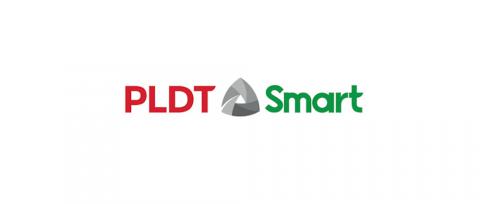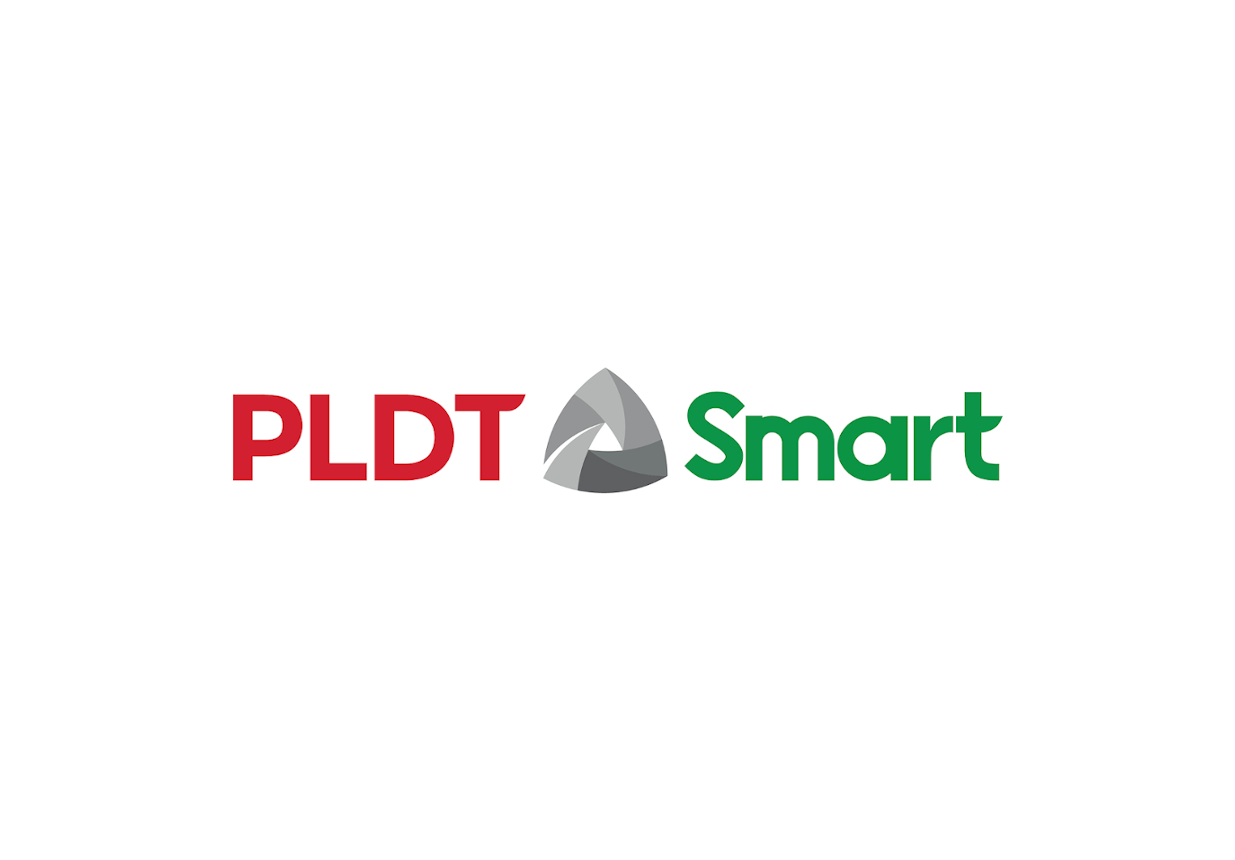
Dear Editor
We at PLDT-Smart could not agree more with Rey Gamboa’s opinion article on The Philippine Star dated August 25, 2020, on the importance of setting the benchmarks onto which the country’s telco industry ought to refer to when measuring standards.
We however wish to correct the assumptions Mr Gamboa had raised on the Philippines telco industry’s global standing, to which he wrote, “the truth remains that the Philippines still has the third slowest internet speed in the world, and charges the second highest price in Asia.”
Based on the independent mobile analytics firm Ookla report for speed test as of July 2020, the Philippines ranks 113th over 138 countries surveyed globally in terms of mobile devices; and in terms of fixed, the Philippines numbers 109th over 174 countries.
As for internet prices, based on cable.co.uk’s internet pricing study for 2020, for mobile data, the Philippines ranks number 60 out of 228 surveyed countries, with an average price of 1GB at $1.42. That makes neighboring countries such as Cambodia ($1.50), Timor Leste ($2.08), Singapore ($2.47), Hong Kong ($2.55), Brunei ($2.60), Japan ($3.91) and Taiwan ($5.91) more expensive in internet pricing than the Philippines.
For fixed data, the Philippines ranks 80th out of 206 surveyed countries, with an average cost of a fixed broadband line package per month at $39.29. That makes neighbors such as Japan ($40.33), Singapore ($43.80), and Hong Kong ($47.35) pricier.
That said, the Philippine telco industry still has a lot more room to improve, especially as data traffic has picked up by about 20% to 30% since the COVID-19 pandemic brought on one of the world’s longest lockdowns in the Philippines. People have been using digital connectivity as a way of pivoting to the new normal – from keeping in touch to getting things done in the safety of their homes. And while more towers would mean better connectivity, it is not the only metric that determines the quality of user experience. As PLDT-Smart is the country’s only fully integrated telco, it works with unique complexities in its expansive network system, including building cell sites and laying out hundreds of thousands of kilometers of fiber and submarine cables to keep the country connected and interconnected as well with the world.
We are committed to providing better service. But fully enjoying speed and availability of a mobile signal is dependent on the device used. Our network is optimized for carrier aggregation, so if a mobile user has an end device that is capable of achieving 4G/LTE or 5G connectivity, then the user can experience commensurate speeds. But if one is using an ordinary mobile phone, then he or she won’t be able to enjoy top speed and quality. So if a user wanted to enjoy faster speed and quality, he or she must use the latest devices.
PLDT’s huge capital investments since 2015 is paying off, providing customers improved service. Independent mobile analytics firm OpenSignal in its latest assessment ranks PLDT 28 points higher, in terms of 4G availability, coming from 2018. Availability is considered a proxy for coverage and investments, an affirmation that PLDT-Smart’s record total capex of Php260 billion from 2015 to 2019 is starting to translate to better user experience for Filipinos. To date, 4G/LTE and 3G coverage serves 95% of the country’s population.
Separately, Ookla, the global leader in internet testing and analysis, named Smart as the Speedtest Awards Winner in the Philippines for the mobile network speed category in Q1-Q4 2019 after it achieved a Speed Score™ of 17.40, with average speeds of 19.62 Mbps for download, and 9.45 Mbps for upload.
We have since stepped up the rollout of the network, raising 2020 capex back up to Php70 billion following the lockdown. There are opportunities to invest more, now with government’s help in ensuring nothing gets in the way of the rollout and that regulations align with the fast-changing landscape in the telco industry, in the new normal.
Cathy Yang
First Vice President & Group Head
Corporate Communications
PLDT Inc.


